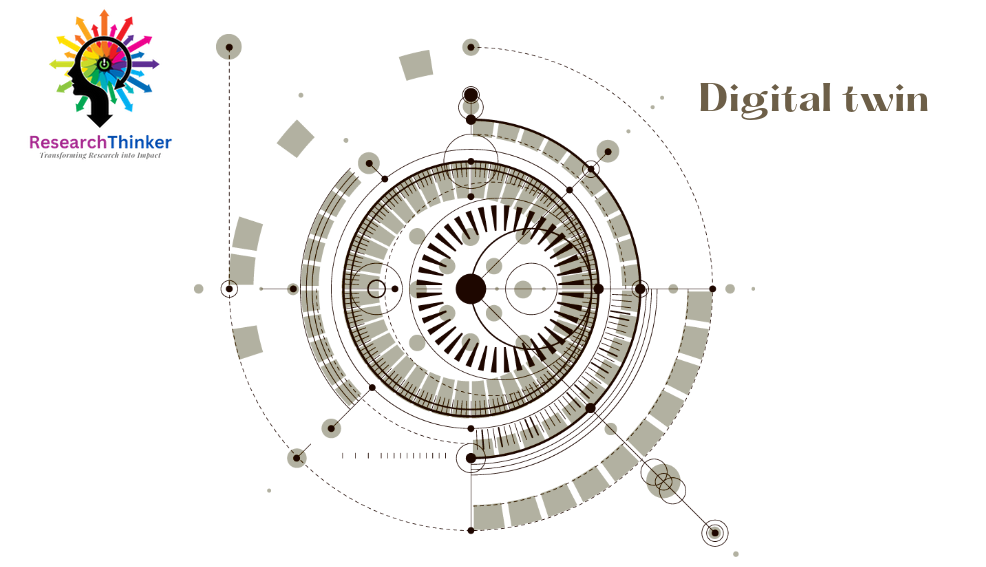One of the best examples of a digital twin in the telecom industry is the use of digital twins for network infrastructure management. Telecommunication companies employ digital twins to create virtual replicas of their physical network infrastructure, including towers, cables, routers, switches, and other network components.
These digital twins are continuously updated with real-time data from the physical network, allowing operators to monitor and manage their network infrastructure more efficiently. Here are some specific use cases:
1. Network Planning and Design: Digital twins help telecom companies in network planning and design by simulating different network configurations and assessing their performance. This enables operators to optimize network capacity, coverage, and connectivity, leading to more efficient network deployments.
2. Predictive Maintenance: By analyzing real-time data from the digital twin, telecom operators can predict and prevent network failures or service disruptions. Digital twins can identify potential issues, such as equipment failures or network congestion, enabling proactive maintenance and minimizing downtime.
3. Network Optimization: Digital twins provide insights into network performance and identify areas for optimization. Operators can analyze data on network traffic, bandwidth utilization, and user behavior to optimize network resources, improve service quality, and enhance the overall user experience.
4. Remote Monitoring and Troubleshooting: Digital twins enable remote monitoring and troubleshooting of network infrastructure. Operators can visualize the network components in real-time, identify anomalies or bottlenecks, and remotely diagnose and resolve issues without physical intervention, reducing the need for on-site visits and minimizing downtime.
5. Virtual Testing and Simulation: Digital twins allow telecom operators to perform virtual testing and simulations before implementing changes in the physical network. This helps in evaluating the impact of network upgrades, new equipment installations, or changes in network configurations, reducing the risk of disruptions and ensuring smooth transitions.
6. Customer Experience Management: Digital twins provide insights into customer usage patterns, network performance at specific locations, and service quality metrics. Telecom operators can analyze this data to optimize network coverage, improve service delivery, and enhance the overall customer experience.
By leveraging digital twins in the telecom industry, companies can optimize their network infrastructure, improve operational efficiency, enhance service quality, and ultimately deliver better communication services to their customers.




